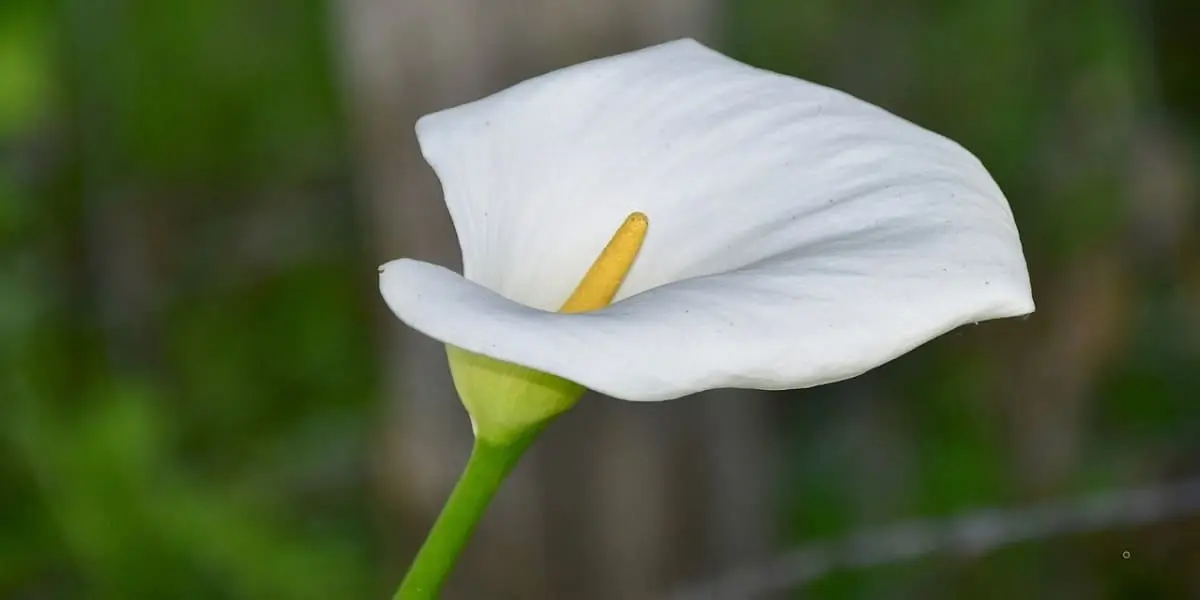Content
White flowers, in their ethereal simplicity, evoke feelings of purity and peace, transcending cultural and spiritual boundaries. More than just a natural beauty, they are a universal symbol, reflecting serenity and innocence.
In this article, we explore ten exquisite white flowers, perfect for gardening enthusiasts. Whether you want to create a haven of peace or add a touch of elegance to your garden, this guide will help you choose the white flowers best suited to your needs.
Arum
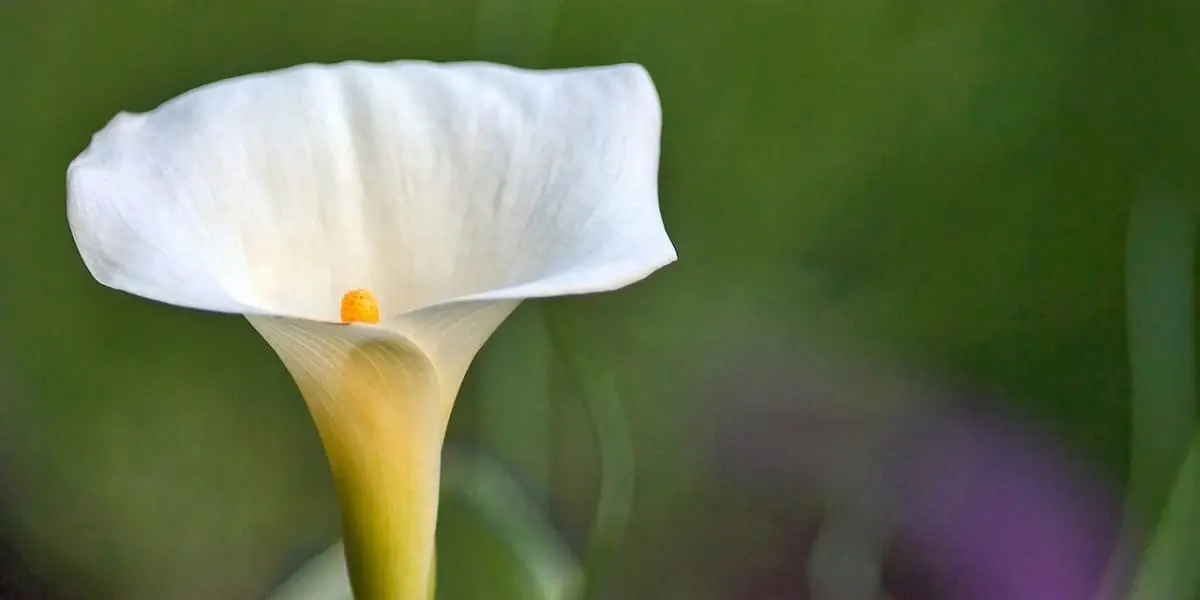
Arum is distinguished by its large, majestic, veil-like flowers, which seem to float gracefully in gardens. Native to Europe and known for its spectacular allure, this plant is undoubtedly a garden favorite.
Arum thrives in sunny to semi-shady locations, in well-drained, humus-rich soil. When planting, choose a location that will show off its imposing stature and captivating flowers.
For the arum to flourish, it needs regular, but not excessive, watering. Balanced fertilization in spring promotes healthy growth. In winter, protect the rhizome with mulch to ensure its survival in the event of frost.
Honeysuckle
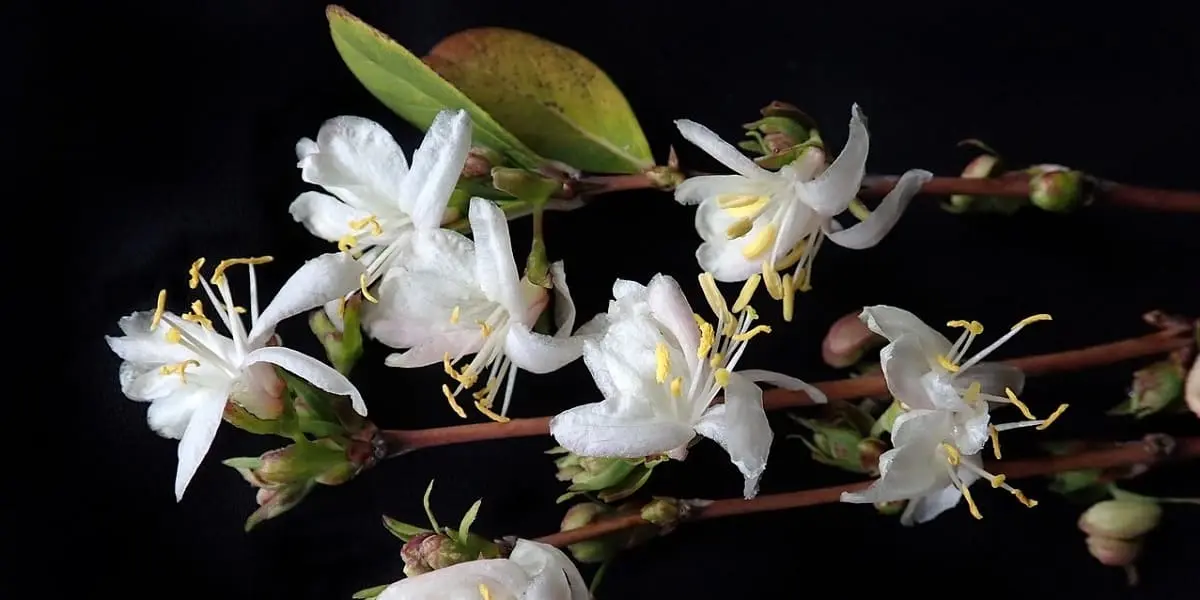
Honeysuckle, with its delicately scented white flowers, is a climbing plant that brings a vertical dimension and intoxicating fragrance to any garden. There are many varieties, each with unique and charming characteristics.
Growing honeysuckle on supports such as trellises or pergolas not only allows you to enjoy its vertical beauty, but also effectively manages its expansion. This method offers aesthetic advantages while posing certain challenges, notably in terms of size and support.
Honeysuckle blooms best in early summer, when it gives off its most intense fragrance. During this phase, special care in terms of watering and disease protection will ensure abundant, healthy flowering.
White anemone
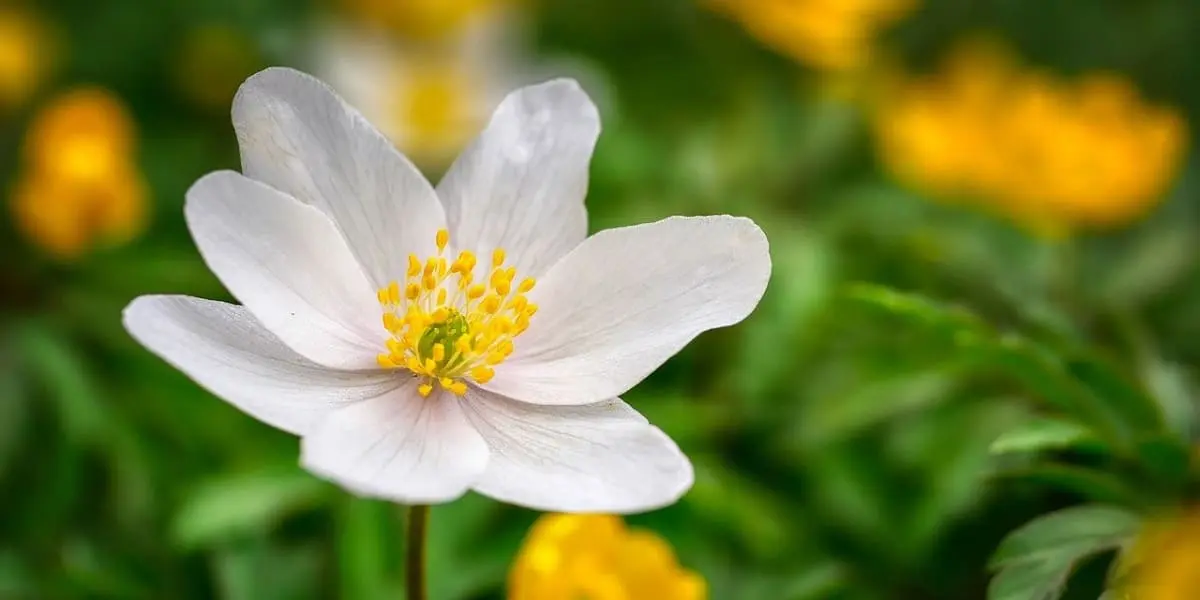
The white anemone is a magnificent flower, often crowned with a heart of gold, that adds a touch of delicacy to any garden. Its ephemeral grace and delicate beauty make it an ideal choice for gardeners seeking a refined aesthetic.
The best time to plant white anemone is early spring or autumn. We recommend planting the bulbs in well-drained soil, about 5 cm deep and 10-15 cm apart, to ensure optimum development.
White Anemone thrives in a bright environment, but appreciates light shade in the hottest hours. Regular, but not excessive, watering and fertile, well-drained soil are essential to its health and flowering.
White rose
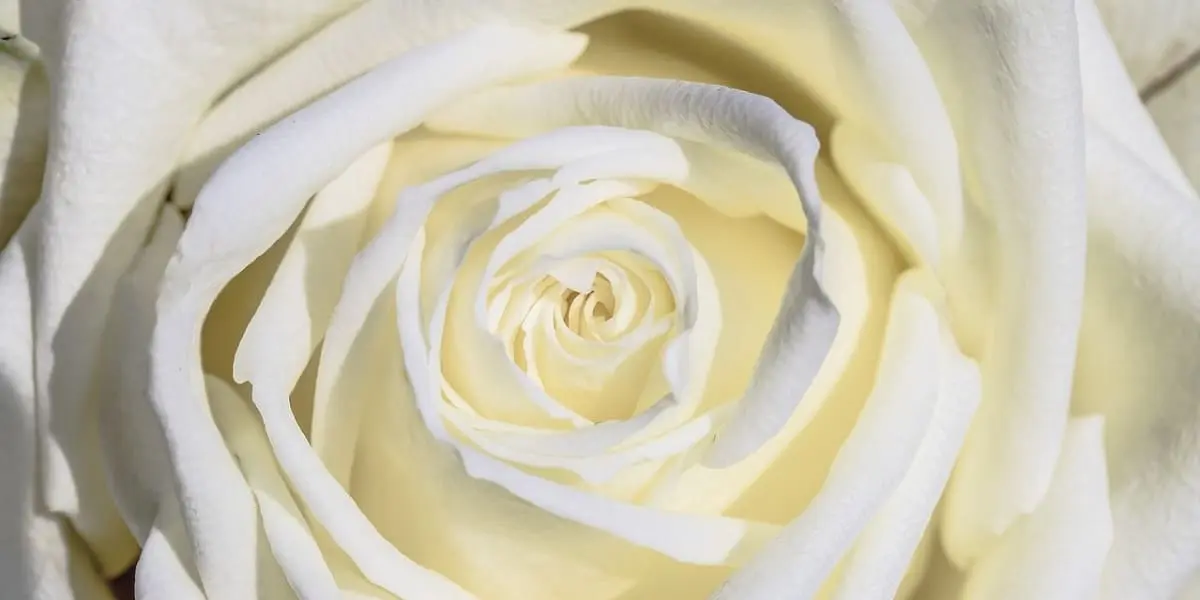
The most popular white rose varieties are Iceberg for its abundant flowering and Margaret Merril for its exquisite fragrance. Each variety offers its own characteristics, whether in terms of shape, fragrance or disease resistance.
White roses should be planted in rich, well-drained soil, with sufficient space to allow the plant to grow unhindered. Full sun is ideal for optimal flowering.
Regular pruning, essential for stimulating growth, should be carried out in late winter or early spring. Protection against diseases such as powdery mildew and rust, as well as balanced fertilization, guarantee healthy growth and brilliant flowers.
Star jasmine
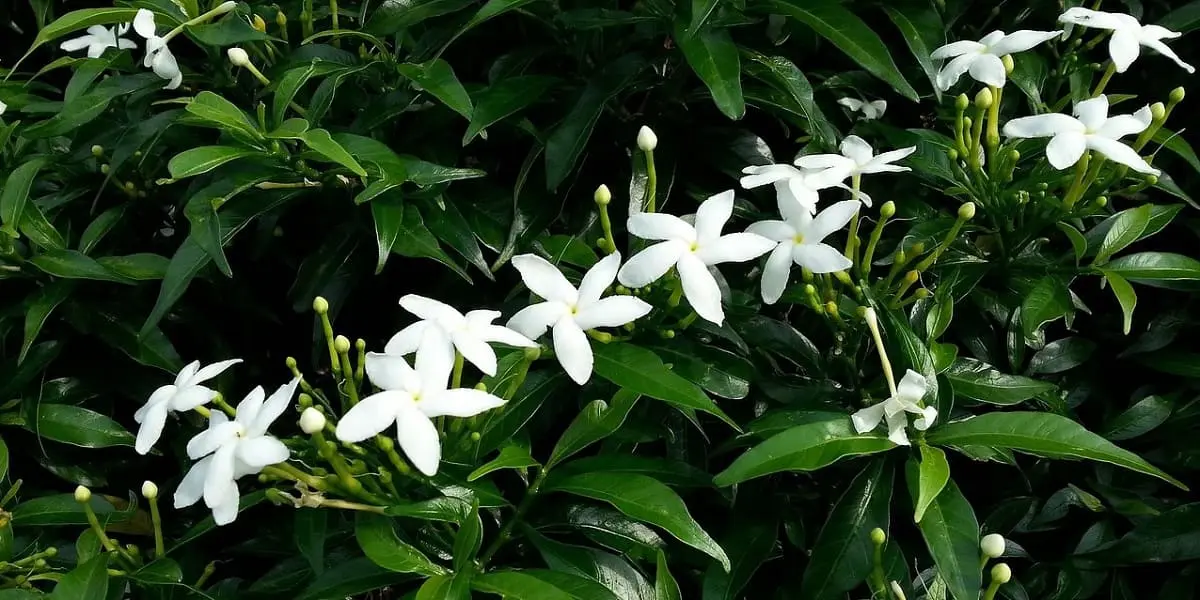
Star jasmine, with its small, star-shaped flowers, is a climbing shrub that seduces with its bewitching fragrance and visual appeal. Its delicate flowers are a feast for the senses and enhance any space.
Star jasmine prefers a sunny or partly shady spot and well-drained soil. Regular pruning helps maintain its shape and encourages more abundant flowering.
The characteristic fragrance of star jasmine is not only pleasing in the garden, it is also used in perfumery and aromatherapy. The plant can be used to create charming corners in gardens or as a natural decoration on pergolas and trellises.
White tulip
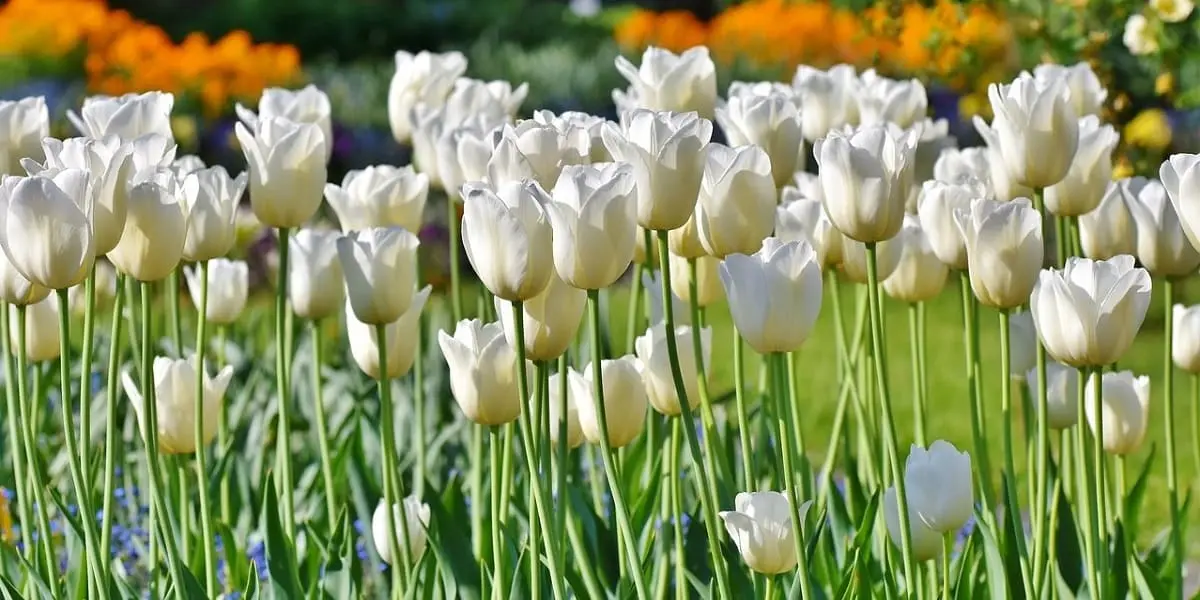
The white tulip is the epitome of elegance, its elegant bulbous flowers bringing a touch of sophistication to any garden. Its simple yet striking beauty makes it a favorite of gardening enthusiasts and landscapers alike.
The ideal time to plant white tulips is in autumn, before the ground freezes. Plant the bulbs at a depth of around 8 to 15 cm, pointing upwards, in well-drained soil to prevent rotting.
Moderate watering is essential for tulips; too much water can cause the bulbs to rot. After flowering, cut back the stems, but leave the leaves on until they turn yellow to allow energy to flow back into the bulbs. Protect tulips from pests such as squirrels and rodents.
Potentilla
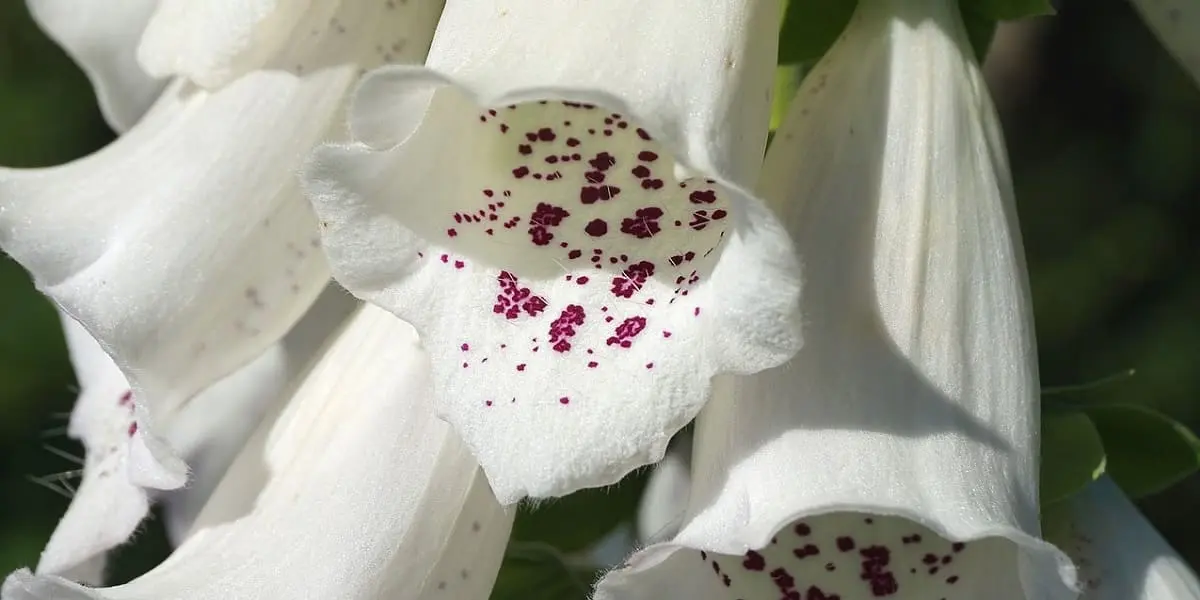
Potentilla is a hardy shrub that produces white flowers throughout the summer. Its hardiness and aesthetic appeal make it an ideal choice for gardens subject to a variety of climatic conditions.
This plant likes sunny locations, but also tolerates part shade. It prefers well-drained soil, but adapts to different types of soil, making it a versatile option for many gardens.
Potentilla requires little maintenance. Annual pruning in early spring maintains its shape and encourages more abundant flowering. Keep an eye out for fungal diseases and treat them promptly.
Lily
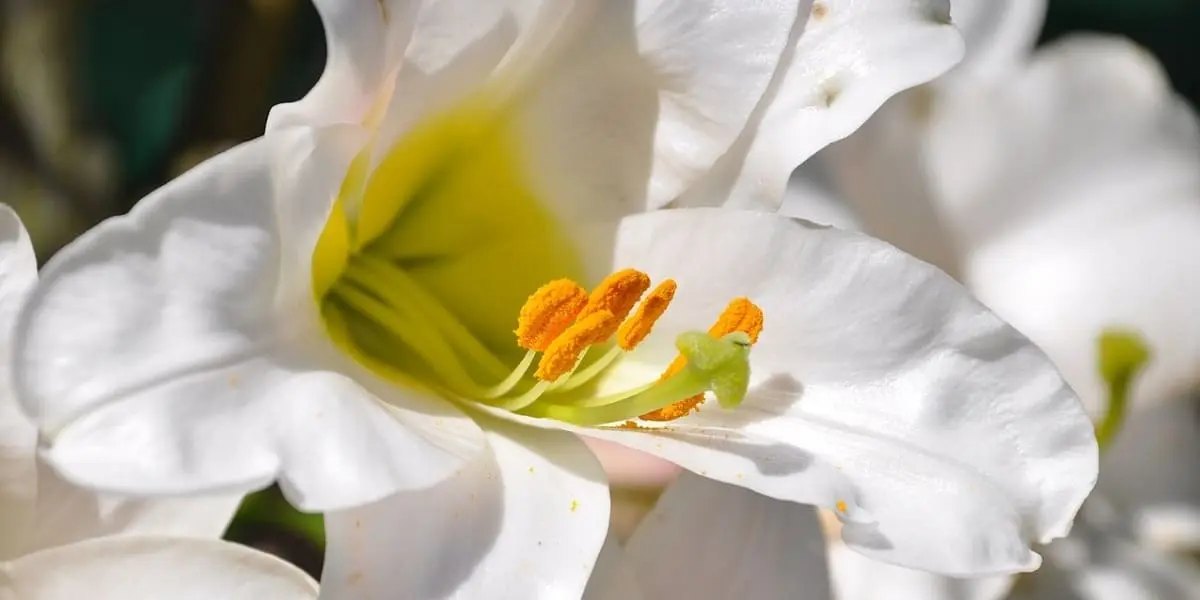
White lily varieties such as Casa Blanca and Madonna are renowned for their majestic beauty and bewitching fragrance. Each variety has its own characteristics, such as flower size and blooming period.
Plant lily bulbs in autumn, 12-15 cm deep, in rich, well-drained soil. They prefer a sunny position, but can tolerate light shade.
Water lilies regularly, avoiding water stagnation. Balanced fertilization in early spring will promote healthy growth. Be vigilant to prevent diseases such as botrytis rot and attacks by insect pests.
Anthemis
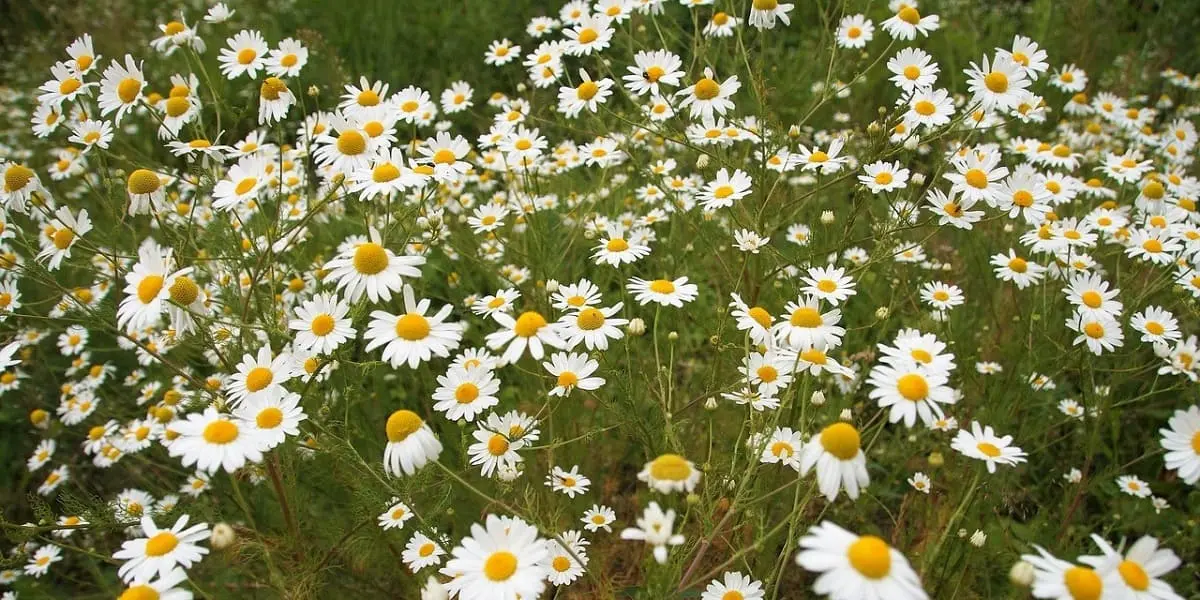
Anthemis, with its daisy-like flowers, is a hardy and charming perennial. Its delicate appearance and generous flowering make it a popular choice for adding a light, natural touch to the garden.
This sun-loving plant thrives in a sunny spot. It is undemanding in terms of soil, but prefers well-drained, even poor soil, making it an excellent candidate for rocky gardens or borders.
Prune anthemis regularly to extend its flowering period and encourage dense growth. Moderate watering is sufficient, as the plant is relatively drought-tolerant.
Snowdrop
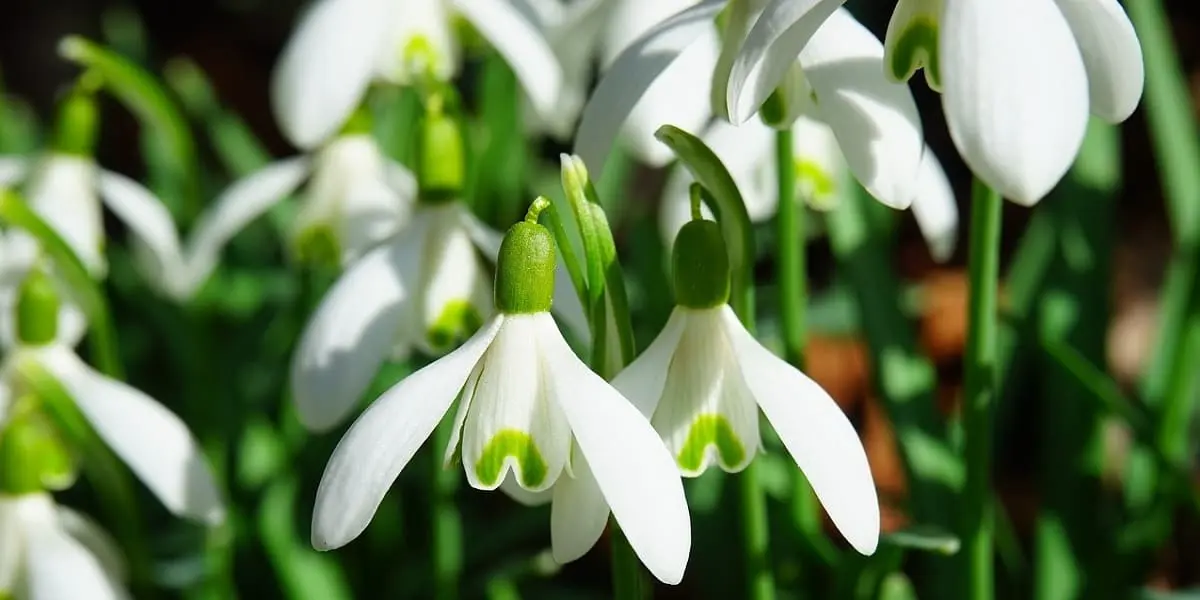
The snowdrop is often the first flower to herald the end of winter, sometimes even emerging through the snow. Its early flowering and symbolism of renewal make it a plant of choice for winter gardens and undergrowth.
Plant snowdrop bulbs in autumn, about 5 cm deep and 7-10 cm apart, in fertile, moist soil, preferably under trees or shrubs.
Once established, snowdrops require little care. It naturalizes easily, creating charming carpets of flowers over time. Avoid disturbing the soil around these plants to encourage their natural spread.
The white flowers featured in this article illustrate the richness and diversity that nature has to offer the gardener. From the dazzling white tulip to the delicate anemone, each flower has its own beauty and uniqueness. We encourage you to incorporate these wonders into your garden and share your experiences and discoveries with other enthusiasts.
These white flowers blend perfectly with plants with dense, dark foliage, creating a striking visual contrast. Try pairing white tulips with blue-green hostas, or anemones with ferns to create an enchanted undergrowth effect. Give free rein to your creativity to create a garden that reflects your personality and aesthetic sense.
- Discover also
- How to choose your changing basket?
